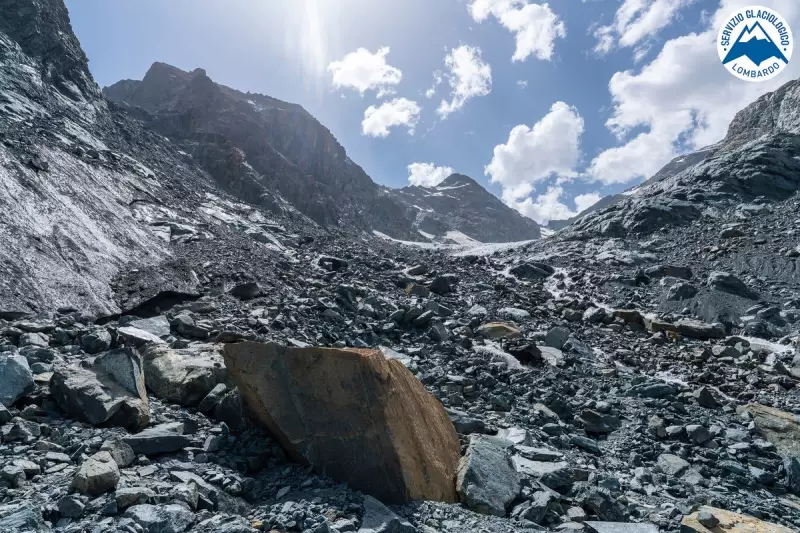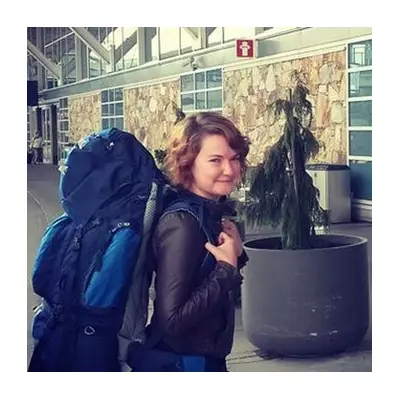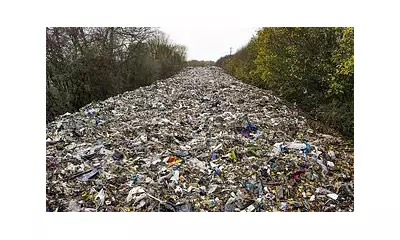
A major scientific survey has delivered a grave prognosis for one of Italy's most iconic glaciers, revealing a rate of decline that has stunned researchers. The Ventina Glacier, a vast river of ice in the Lombardy Alps, is in a state of catastrophic retreat, shedding an average of 14 metres in thickness annually.
The alarming data, collected through advanced laser scanning technology, paints a picture of a landscape in rapid flux. This isn't a slow, geological process but a climate-driven collapse happening within a human lifetime.
A Landscape Transformed Beyond Recognition
The consequences of this melt are viscerally clear. The glacier's terminus, or snout, has receded by a staggering two kilometres since its recorded maximum extent. Vast areas of barren rock and newly formed glacial lakes now dominate where thick ice persisted for millennia.
This rapid transformation is not merely an aesthetic loss; it represents a critical threat to the region's water security. Glaciers like Ventina act as natural reservoirs, storing winter precipitation and releasing it slowly throughout the summer months. Their disappearance jeopardises the water supply for agriculture, industry, and local communities in the Po River Valley below.
A Warning Echoing Across the Alps
The plight of the Ventina is not an isolated incident. It is a microcosm of a continent-wide crisis unfolding across the Alpine chain. From the French Mont Blanc massif to the Austrian Tyrol, glaciers are receding at an unprecedented pace, serving as the most unequivocal visual evidence of a warming planet.
Scientists point directly to rising global temperatures, driven by greenhouse gas emissions, as the primary cause. The summer of 2022, marked by intense and persistent heatwaves, was particularly devastating, effectively 'decimating' the glacier's structure and accelerating its decline.
The ongoing loss of these frozen giants is a powerful clarion call for urgent climate action. The fate of the Ventina Glacier is a stark reminder that the effects of climate change are not a distant future threat, but a present and accelerating reality.





